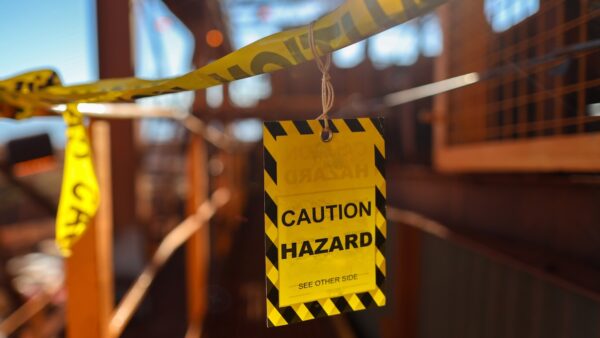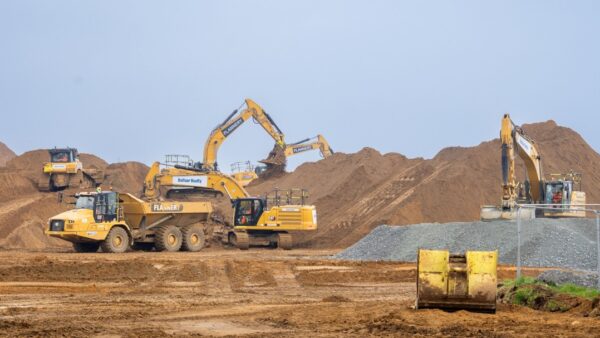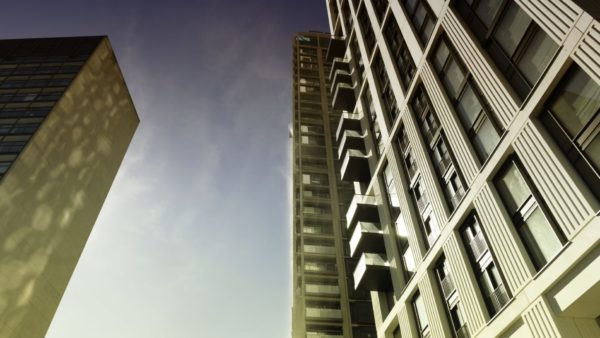Recent school closures raise “urgent concerns” about safety, liability and public trust, according to construction lawyer at Aaron & Partners Phil Caton.
Caton added that the liabilities resulting from the school closures that have high-risk concrete “could be substantial”.
Officials at the Department for Education (DfE) urged school leaders on Thursday (31 August) to put in place emergency evacuation plans for buildings that contain reinforced autoclaved aerated concrete (RAAC), a type of potentially dangerous concrete.
The risks of RAAC in buildings have been highlighted since 2018, when the roof of a primary school in Kent containing this concrete collapsed.
The government said 156 schools were found to contain RAAC, of which 104 required urgent action. 52 have already undergone repair work.
But given that RAAC was popular between the 1950s and 1990s, many of the original contractors and designers may no longer exist, adding complexity to an “already challenging situation”, said Caton.
‘Past contractors could be in complex disputes’
He added: “The government’s recent decision to close schools with RAAC structures raises urgent concerns about safety, liability, and public trust. One glaring issue is the reliance on self-reported questionnaires from schools to identify RAAC presence, without a clear, immediate verification process by the DfE. This lack of transparency compromises the accuracy of the reporting and leaves parents in the dark about whether their children’s schools are genuinely safe or even inspected.
“From a legal standpoint, the liabilities here could be substantial. Schools, local councils, and potentially past contractors could be implicated in a series of complex legal disputes over responsibility for material failures or incidents.
“Given that RAAC was popular between the 1950s and mid-1990s, many original contractors and designers may no longer exist, making it difficult to seek any legal redress or obtain original technical information. This adds complexity to an already challenging situation involving potential legal disputes and public safety concerns.
“There’s an urgent need for a transparent, coordinated approach among government bodies, schools, and construction experts to manage both the immediate safety risks and the long-term legal implications of this matter.”
Comments
Comments are closed.











Where are the LA Building Control responsibilities in this. They must sigh off design and the works on completion?
Why is it always only the construction side that have all the responsibility?
Architects specify what materials are to be used, the politicians approve them, the contractors are not to blame.
Liability? Most contracts specify a design life and in my experience this was generally 40 years. What have the owners of these buildings done to ensure that the structure is safe to use beyond it’s expected design life?
Imagine if the Romans had erected buildings with a design life of 40 years. Of course their concrete was made of sterner stuff.
The minister who allowed the use of raac should be taken to court and held responsible